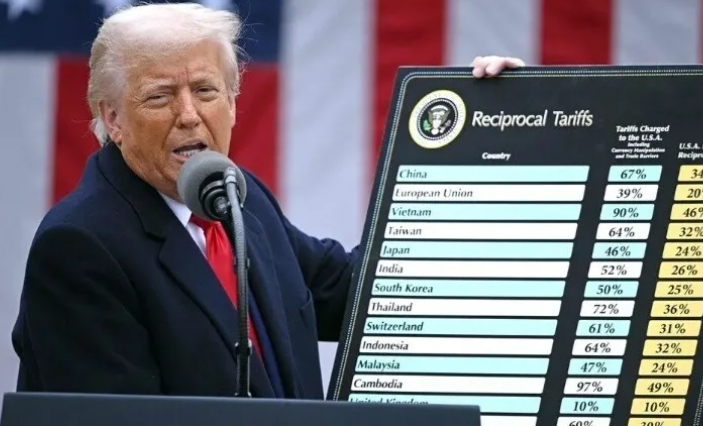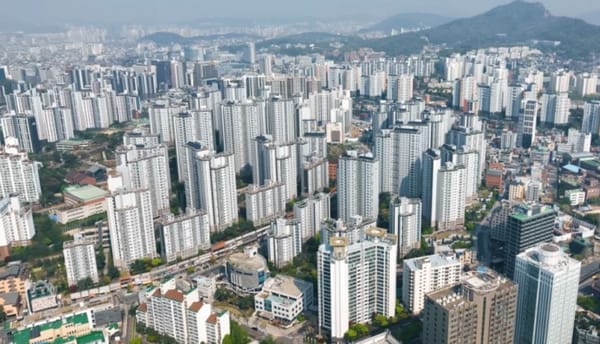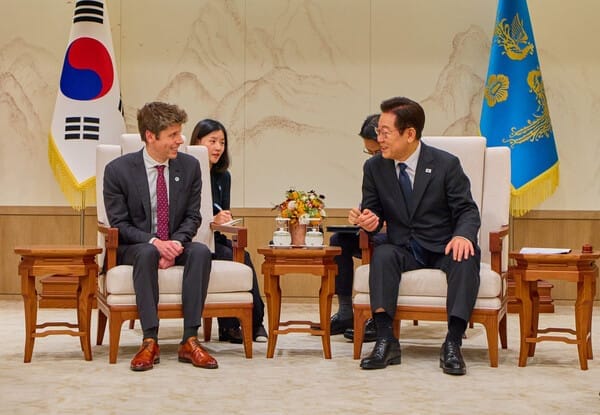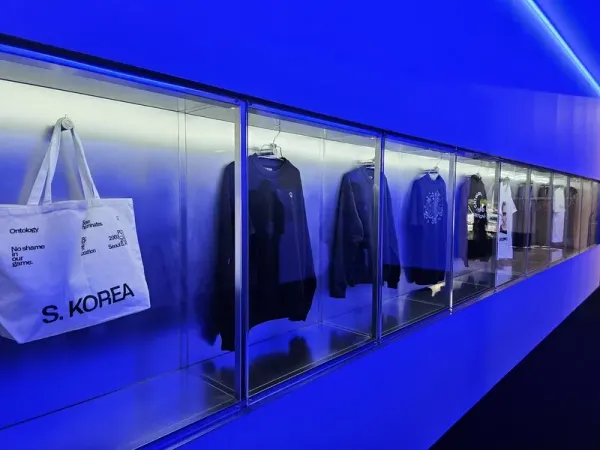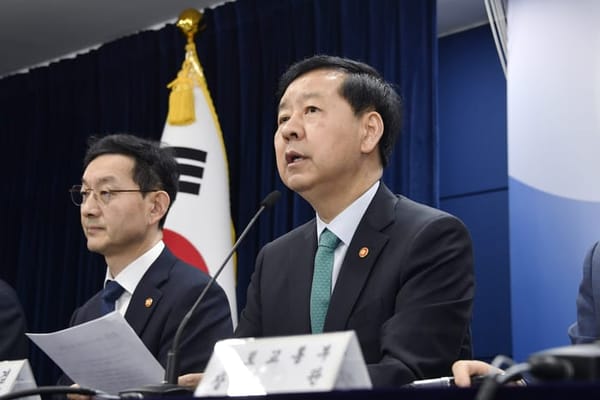Photo: Donald Trump announces tariffs. Credit: Yonhap.
The “Liberation Day” tariffs announced by United States President Donald Trump are set to hit South Korea particularly hard. Trump’s tariffs are based on an infantile formula that presupposes US trade deficits to be the result of “hidden” tariffs imposed by trading partners. This deranged assumption translated to a 25% tariff on South Korea’s exports, a figure typical for the Trump administration’s new tariffs on the export-oriented economies of Asia.
True to form, Trump’s tariff announcement was confusingly inconsistent about South Korea. During the White House announcement, Trump held up a sign saying the applicable tariff for South Korea was 25% - but the published addendum to Trump’s executive order on tariffs gave the tariff for South Korea as 26%. After some confusion following media inquiries, the White House edited the addendum to say 25% tariff for South Korea, without giving any explanation for the revision.
Trump’s tariff hurts South Korean manufacturers in less obvious ways. In reaction to the anti-China stance of the first Trump presidency, major South Korean manufacturers shifted production from China to Vietnam and Thailand, which have also been hit with 46% and 37% tariffs, respectively. Samsung Electronics 삼성전자, for example, produces more than half of its smartphones in Vietnam, and significant parts of the remainder in India and Indonesia.


